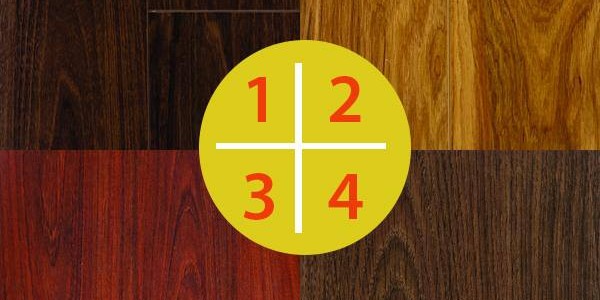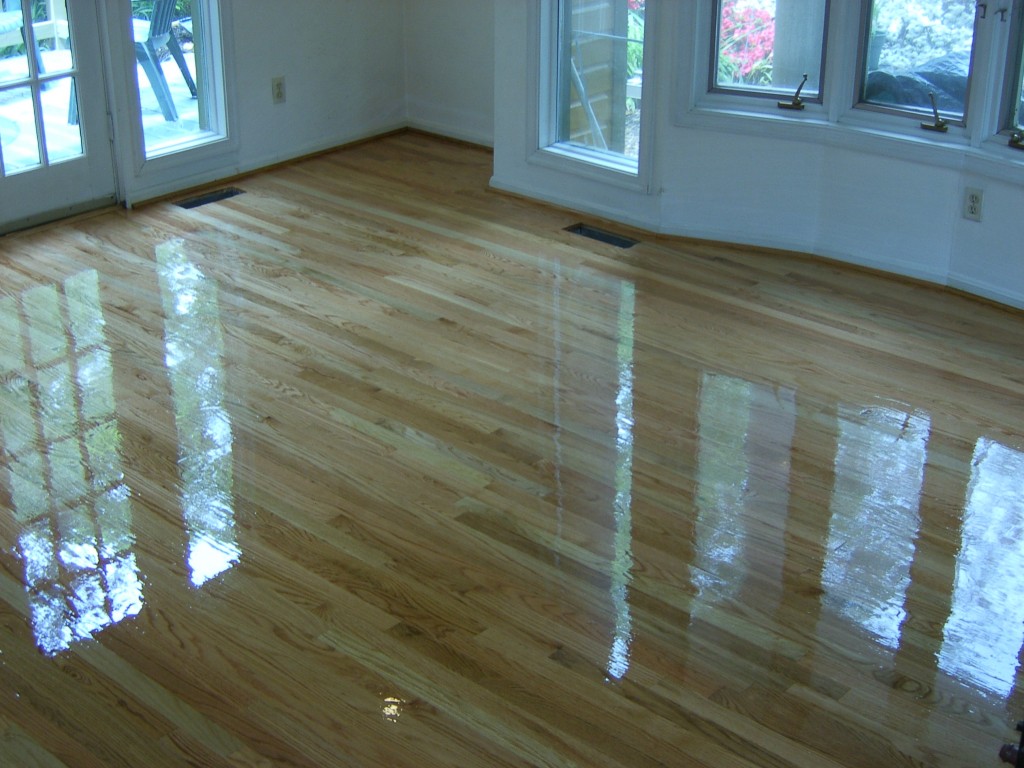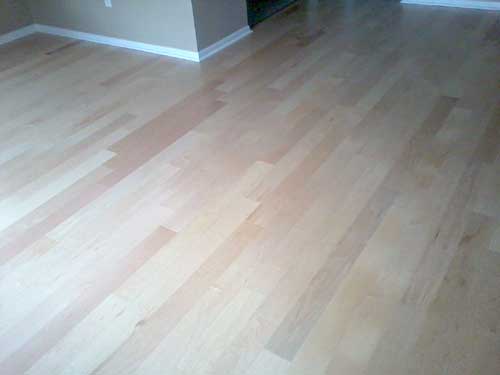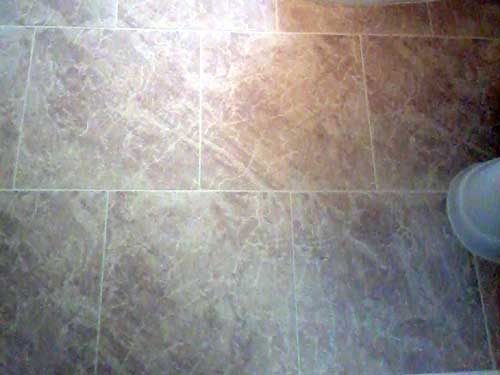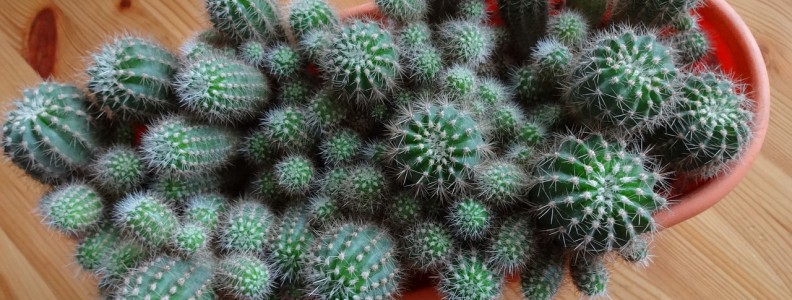What are Green Finishes?
Woodworker’s Journal defines a green finish as “one that has a more benign chemical profile than the traditional finish it’s designed to replace.” (Woodworker’s journal, October 2009).
Myth: Green finishes are harmless to the environment
Reality: A green finish isn’t necessarily less irritating to people. It doesn’t mean ‘harmless to the environment’. A green finish is one with a change in the recipe that the manufacturer makes voluntarily. This is not to meet any specific standard for ‘less harmful’ or ‘green.’ Sometimes the replacement chemicals can be as irritating to work with as the original ones.
Water Based Finishes
Water-based means the finish contains some water.
Myth: The liquid in a water-based finish is water; so only water vapor is given off.
Reality: You may be surprised to learn that “water based coatings are not water-soluble, nor do they contain any water soluble resins.” Water-based means the some water is used in the formula. “The majority of clear water-based finishes contain glycol ethers, all of which are considered VOCs” (or volatile organic compounds, linked to health problems, and which can generate ozone). (Source: Woodworker’s journal, October 2009).
Oil Based Coatings
This broad category includes oil-based varnishes and polyurethanes. It includes Danish oil, teak oil, spar varnish. They include oils from seeds, such as linseed, soya or tung.
Myth: These are the most harmful finishes to people and the environment
Reality: “In general, these finishes are relatively safer for us than for the environment.” While they contain VOC’s these are in lower amounts than in lacquer, for example, because the solids content is higher. Because these finishes are wiped on, not sprayed, they have a “very high transfer efficiency… which means very little is wasted and only a minimum of solvent is used.” (Source: Woodworker’s journal, October 2009).
Green Finishing at Bryant’s Floors
When we finish your floors, we take real steps to protect your health, our own health, and the environment. We sum it up this way: Waste not, want not.
We use these waste-reducing steps in all our work:
– We apply finish with high-transfer pads and brushes. This puts far less finish in the air than spray guns, and far more on your floor. You save money buying less finish, too.
– We recycle solvents. Because they use petroleum, some solvents can harm the environment if left to evaporate. So we don’t do that. We store them so that the solids settle out, so the solvent can be re-used. Very little goes into the air this way.
– We don’t create leftover finish. Because we buy only what we plan to use, there is no leftover finish to get crusty or go bad over time. Less waste.

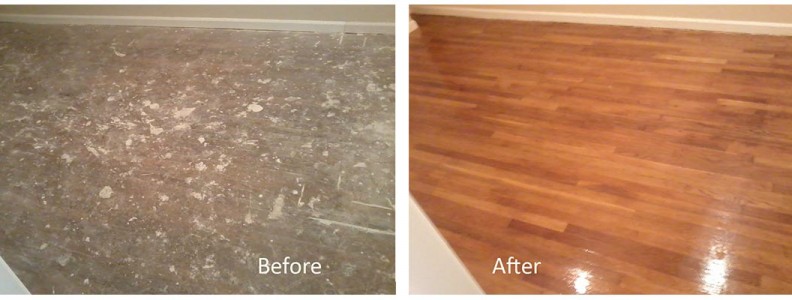
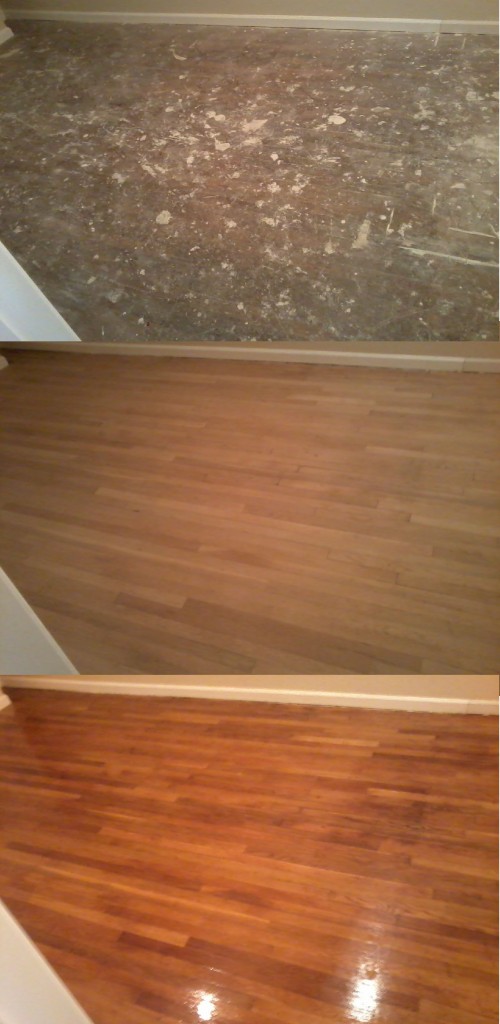 A new owner wanted the building to qualify as HUD/Section 8 Housing.
A new owner wanted the building to qualify as HUD/Section 8 Housing.